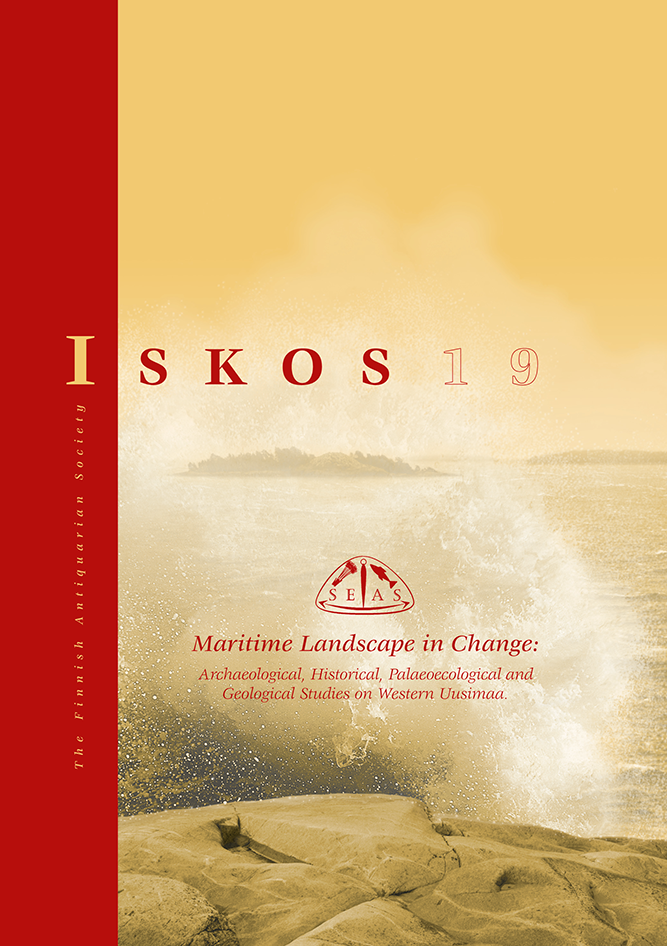Shore Displacement in Western Uusimaa 500 BC-AD 1500
Keywords:
shore displacement, sea-level, land uplift, isolation, diatomsAbstract
Numerous shore displacement studies have been completed in Finland, but the shore displacement history regarding the last four millennia is still poorly investigated. In this study, the shore displacement history of the coastal area of Western Uusimaa, in southern Finland, is reconstructed especially for the period 500 BC-AD1500. The isolation of 17 basins located in five areas (Kirkkonummi/Espoo, Orslandet (Ingå), Älgö (Ekenäs in Raseborg), Tenala (Raseborg) and Prästkulla (Ekenäs, Raseborg)) is determined. The methods include lithostratigraphic interpretation, diatom analyses and radiocarbon dating.
The shore displacement history varies within the Western Uusimaa area. The highest ancient shoreline representing sea-level at 500 BC is about 8.5 m above present sea-level (a.s.l.) in Prästkulla, and 6.5 m a.s.l. in Kirkkonummi. In other areas, the shoreline representing this time falls between these elevations. The shoreline representing sea-level at AD 500 is 1-1.5 m a.s.l. in Western Uusimaa. These differences in shore level elevations are due to differences in isostatic uplift rates, which are slower in the east. The main trend in relative shore displacement along the southern coast of Finland is characterised by a generally decreasing uplift rate during the last 3500 years. I is not possible to detect any clear sea-level transgressions during this investigated period. The available data suggests possible local land uplift anomalies in the study area, but more investigations are needed to verify these results.




